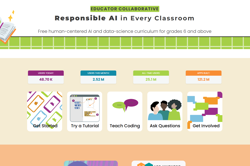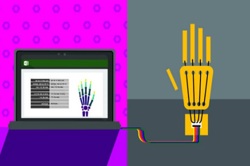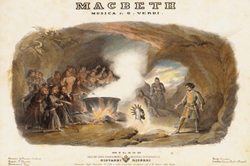Who wants to be a millionaire?
This lesson sequence uses the well-known wheat/rice and chessboard problem as students use spreadsheets to simulate iteration and to solve problems.
Additional details
| Year band(s) | 9-10 |
|---|---|
| Content type | Lesson ideas |
| Format | Web page |
| Core and overarching concepts | Abstraction, Computational thinking, Specification (decomposing problems), Implementation (programming) |
| Australian Curriculum Digital Technologies code(s) |
AC9TDI10P02
Analyse and visualise data interactively using a range of software, including spreadsheets and databases, to draw conclusions and make predictions by identifying trends and outliers |
| Keywords | Spreadsheets, Iteration, Algorithms |
| Integrated, cross-curriculum, special needs | Mathematics |
| Organisation | ESA |
| Copyright | Creative Commons Attribution 4.0, unless otherwise indicated. |
Related resources
-

App Inventor EDU
Use this six week teaching program using a project based curriculum that allows students to explore the world of computer science through the creation of smartphone apps.
-

Coding in the Classroom
Through this website, educators can explore and share resources and strategies to teach coding.
-

Building Machines That Emulate Humans
Students build robotic models from cardboard and straws to understand the anatomy and biomechanics of the human hand. Then, they conduct trials visualizing data in Excel to generate new ideas for improving it’s performance.
-

Level Up: Game design
This unit of work is intended to teach years 9–10 students basic programming, using general purpose programming language.
-

Minecraft Lesson Plans
Find Minecraft lessons spanning primary and secondary school for use with your students.
-

Pencil code program: Lady MacBeth Chat Bot
Use this program to create an interactive chat bot who answers questions as if she is Lady Macbeth.
-

Book analysis with AI techniques
This learning sequence explores text analysis through Natural Language Processing, a significant application of Artificial Intelligence.
-

Coding a sentimental chatbot in Python
Incorporating 11 tutorial videos and two informative lecture videos, this learning sequence explores natural language processing, a significant application of artificial intelligence.
